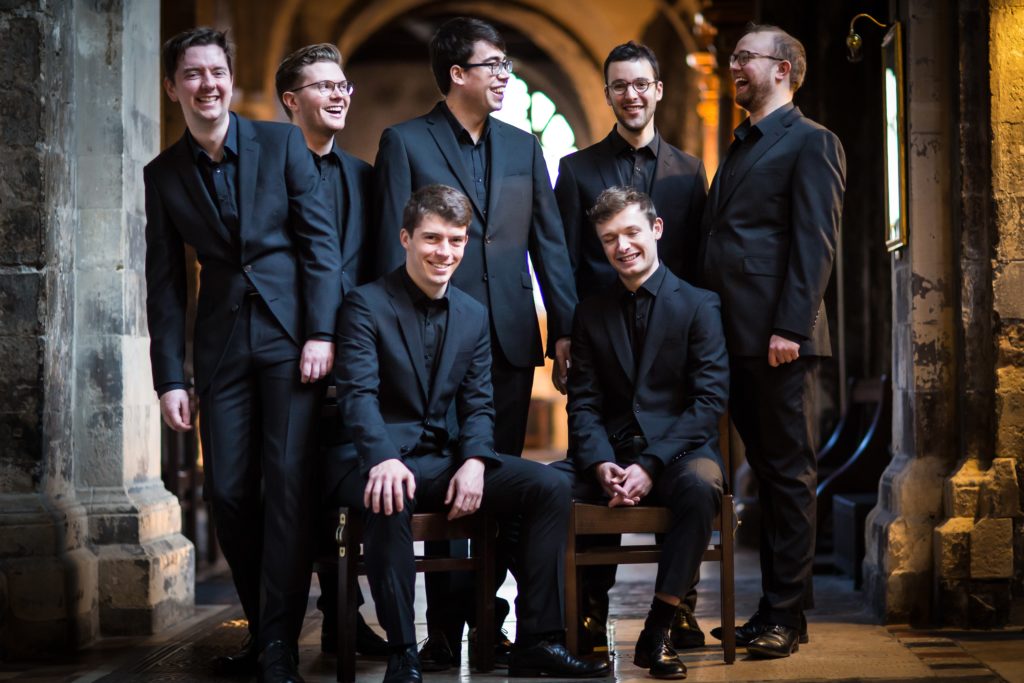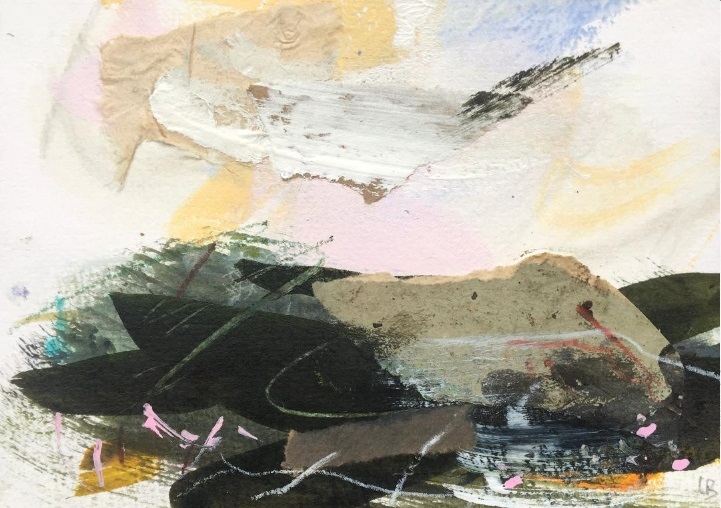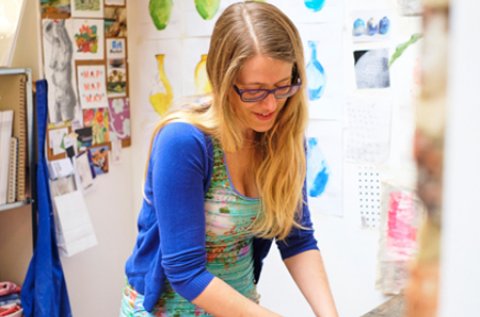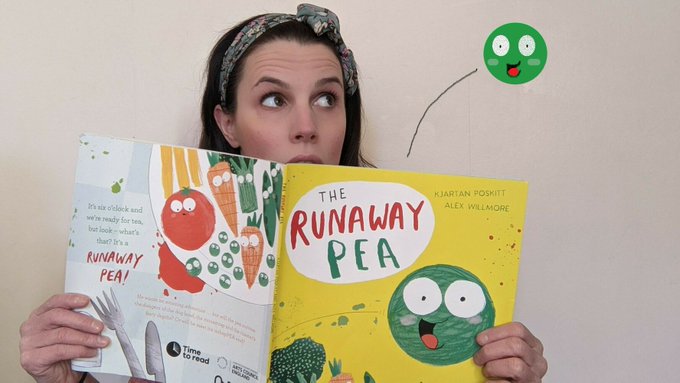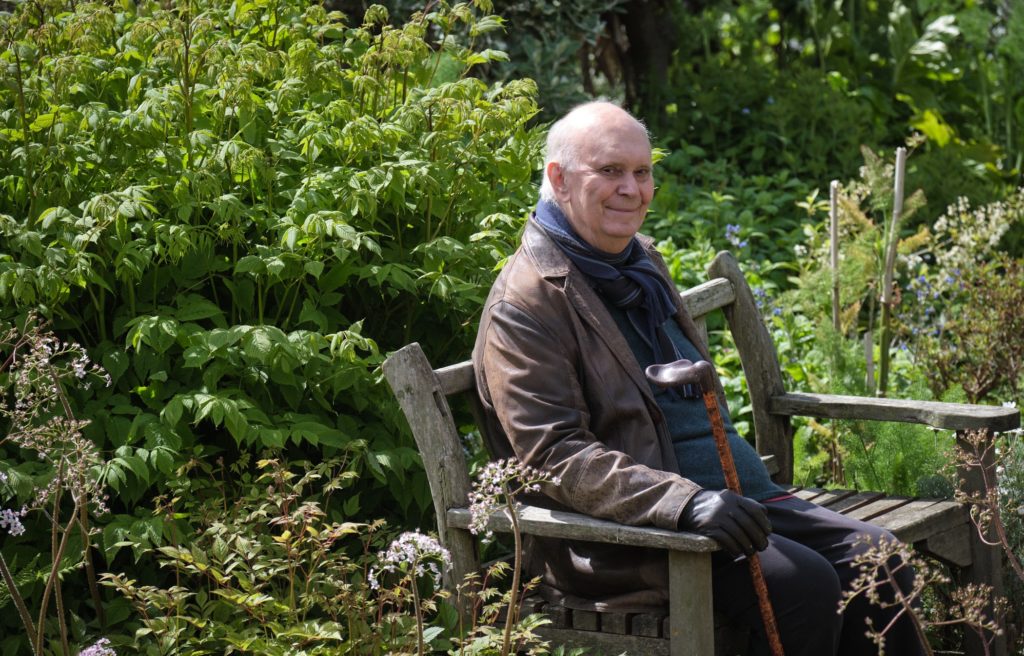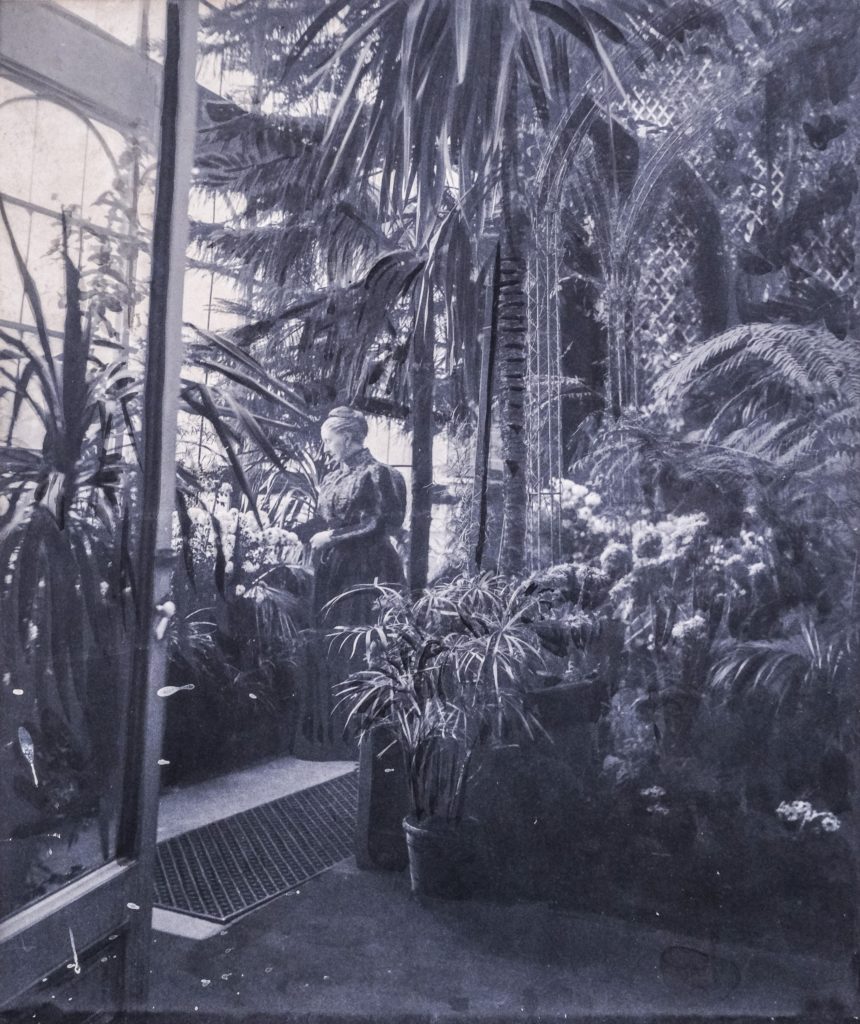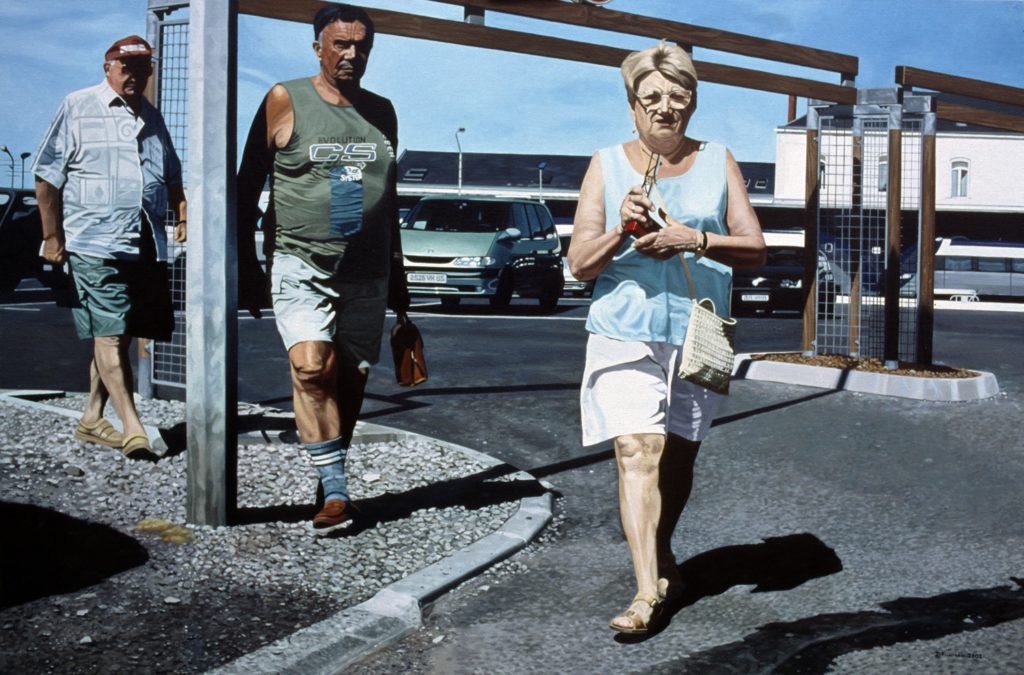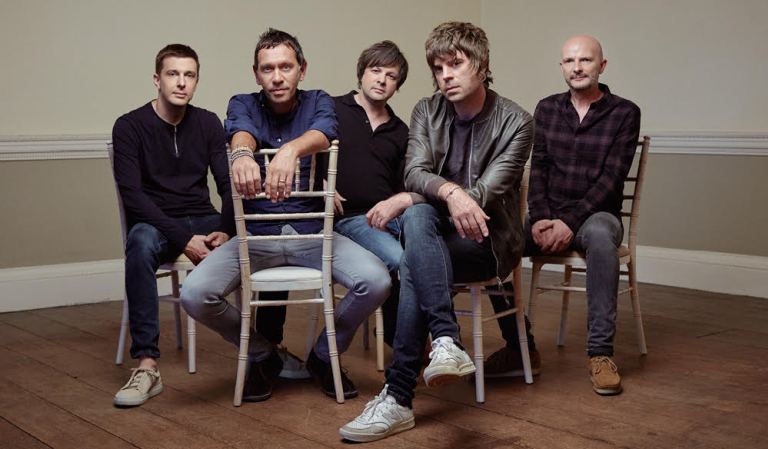
BLUE Tree Gallery’s new online exhibition, Revive, opens today, showing original paintings by artist-in-residence Giuliana Lazzerini, Steve Tomlinson, James Wheeler and Giles Ward.
“We’re temporarily closed due to the third lockdown but still operating with online shows and displaying the artworks in the gallery and gallery window for those passing by,” says Gordon Giarchi, co-owner of the gallery in Bootham, York.
Giuliana Lazzerini, born in Seravezza, near Pietrasanta, in Tuscany, moved to Yorkshire in 1987. “My work is varied and often developed from an idea encountered during a journey that takes me in an unknown territory where I grow as an artist,” she says.
“I usually work in a small series of paintings, where memory and imagination come to interplay. Time made me more familiar with the English northern landscape, and it finally has left a mark in some of my work as I become more intrigued by its drama and atmosphere.”
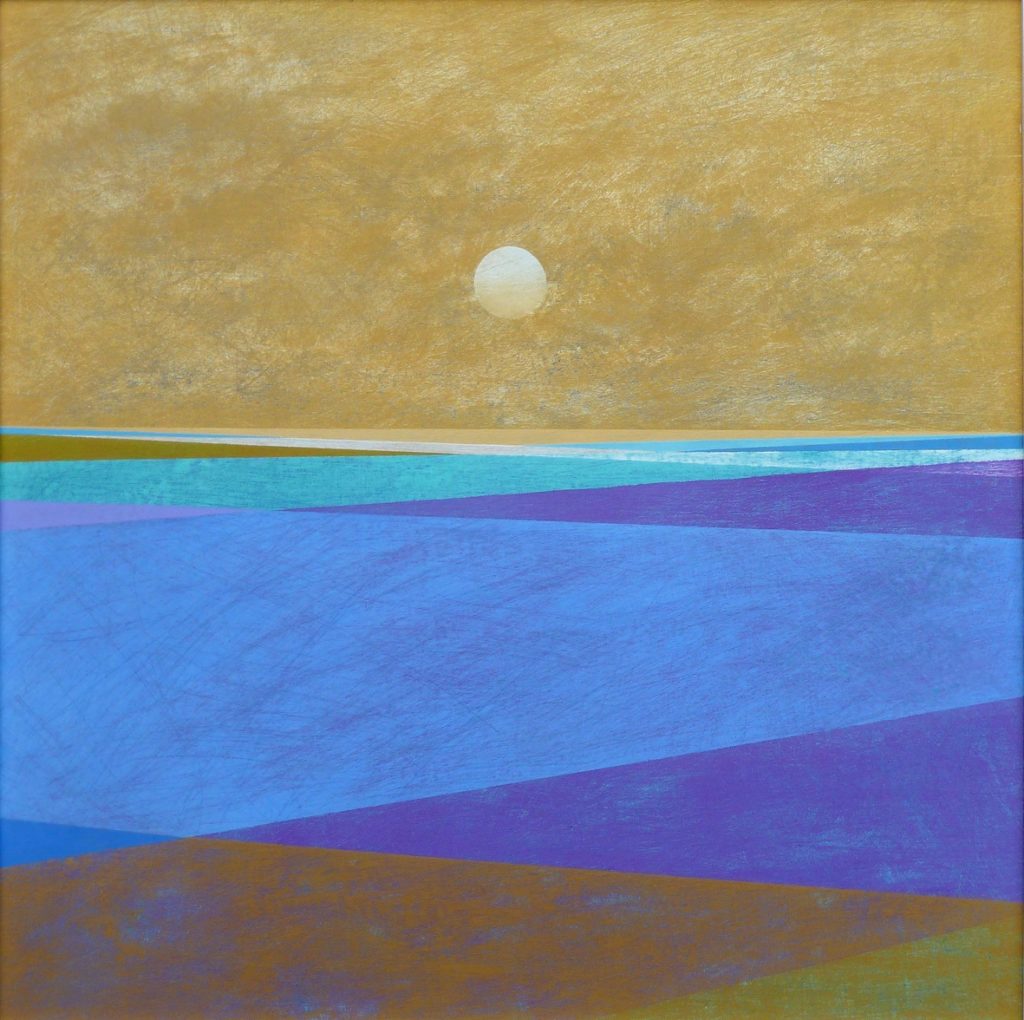
Art has always been central to Steve Tomlinson’s life, from passing his art exam and 11-plus in order to go to an art grammar school, Moseley Road School of Art, in Birmingham, to attaining a degree in Fine Art at Canterbury.
After an early career in exhibitions at the British Museum and interpretive projects for the heritage industry, he has worked on public art projects – mainly sculpture – for many years. “I’ve always painted and my work here at the Blue Tree Gallery is a further, somewhat symbolic, development of my interests in the sea and the associated physical and emotional experiences it brings,” says Steve.
“There’s a timeless reflective quality to walking on a beach or staring out to sea: it gives back a version of our own thoughts and feelings. As we occupy this threshold, our minds are filled with a sense of space, of time and our own human fragile place in the world and the paintings attempt to stimulate such a contemplation.
“The textures I create suggest the wind, the sounds of the sea and other coastal features, such as pebbles, rocks and driftwood. I hope that my work may encourage people to look beyond or within themselves and that the beholder will find a meaning that is pertinent, personal and rewarding. To quote E. E. Cummings: ‘It’s always ourselves we find in the sea.’”

Glasgow-born James Wheeler studied at the Glasgow School of Art and trained as a carpet designer before moving south to be the design studio manager at a Yorkshire carpet manufacturer, where he has become one of the UK’s leading carpet designers.
The importance of colour and composition in his professional designs has flowed naturally into the subtlety of hue and texture in his landscape paintings, painted primarily in oils on cork.
His work straddles the contemporary and the timeless, inviting viewers to invest in a personal interpretation of each painting.
James seeks to mix memory and desire in the light and atmosphere of his landscapes, drawing inspiration from visits to his homeland, Scotland, and from holidays spent in France, Venice and the Mediterranean islands. Closer to home, his love of the Lake District and Yorkshire scenery stirs him too.

Giles Ward is an artist and writer originally from Yorkshire, where he studied Fine Art in Sheffield before moving to Exeter to study Illustration and Graphic Design, since when he has exhibited both in the UK and overseas.
Experimentation is at the heart of Giles’s painting, pre-dominantly in oils. His canvases take on other-worldly textures with the addition of acrylics, inks, spray paint, varnishes and anything else he can lay his hands on. He is inspired by the natural world and examines the hidden worlds of colour and texture found in nature’s close-up detail.
“We may be closed but we are always ‘open’ for your queries by email and to purchase online at bluetreegallery.co.uk,” says Gordon. “You can now use the Own ArtScheme service in the comfort of your own home, paying for your art in ten interest-free monthly instalments. Just get in touch by email at bluetreegallery@hotmail.co.uk.”
Revive can be viewed online at bluetreegallery.co.uk until March 13.





